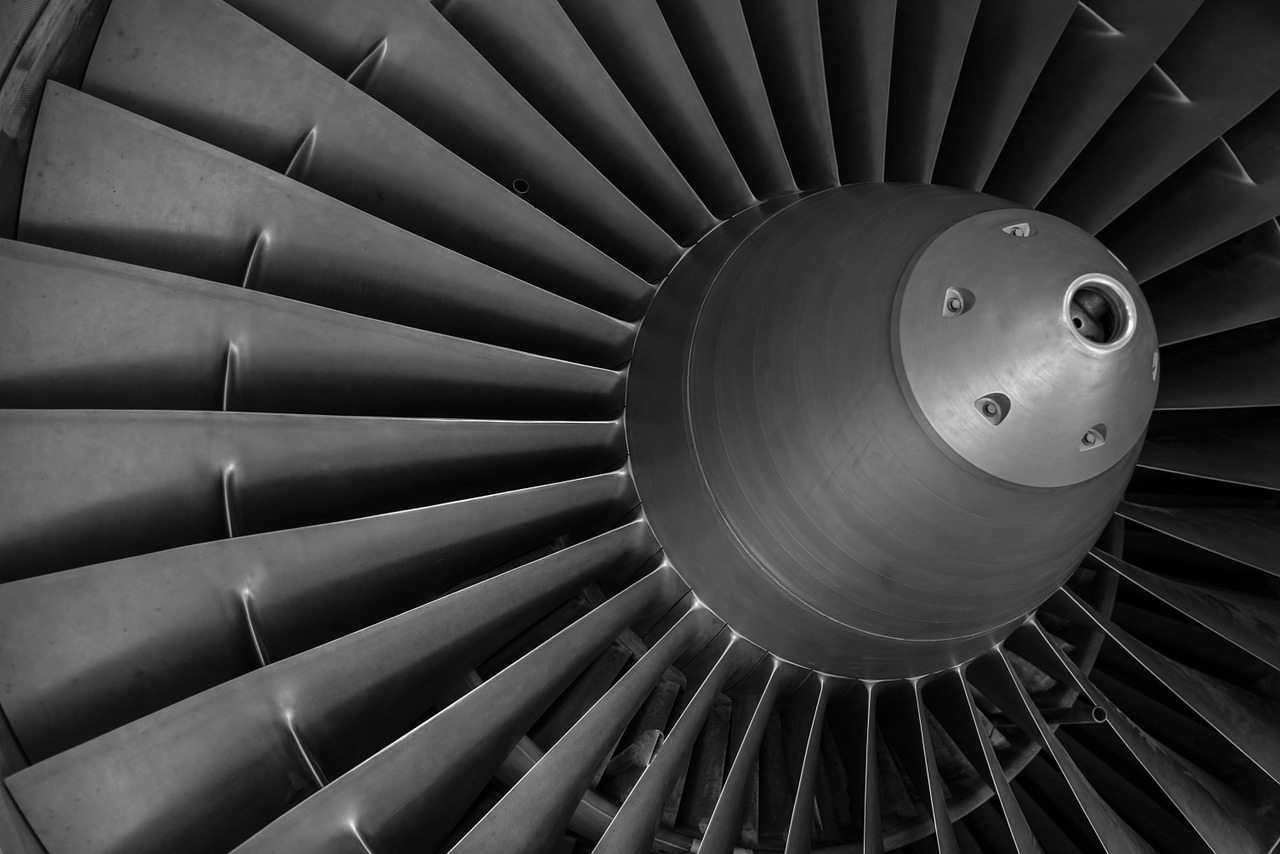Education
4 Things You Didn’t Know About Turbines

Turbines come in a variety of sizes and power outputs, but they all have one thing in common: they are used to convert the energy contained in moving air or liquids into electrical energy, mechanical energy, or heat energy. There are many different types of turbines, each with its own set of advantages and disadvantages that make it more suitable for certain applications than others. All turbines have similar parts, though the blades, the casing, the nacelle, and the shaft/propeller which we’ll go over below. if you are a mechanical student then you read how to learn CNC programming.
4 Things You Didn’t Know About Turbines
How do turbines create energy?
In essence, a turbine is nothing more than a propeller attached to a shaft. But unlike an airplane propeller, it’s connected to a compressor that pressurizes air (or steam) before it enters the blades.
That pressure allows turbines to create rotary power even when there’s no direct link between them and any outside energy source.
They turn by using high-pressure air or steam against their rotating blades. Most of today’s wind turbines use multiple sets of three blades arranged on two separate rotors to capture as much wind as possible.
Smaller machines, such as those used for water pumping or electricity generation in remote areas, might only use one rotor with a single set of four or five overlapping vanes known as feathering paddles.
How do wind turbines make electricity?
Wind turbines can convert wind energy into mechanical energy and then turn a generator to produce electricity. The amount of electricity produced by a wind turbine is directly proportional to how fast it is turning (rotation speed) multiplied by its efficiency.
In general, bigger, faster turbines with higher efficiencies will generate more electricity than smaller ones. This means that a large wind farm with many high-speed turbines may be able to produce more power than a single small turbine – but only if they are in sites with good winds.
Wind turbines come in all shapes and sizes. Some very small residential rooftop models stand just 60 inches tall or less; others tower hundreds of feet aboveground, on buildings or towers like those used for cell phone transmission towers.
However, most fall somewhere between these two extremes in size—some weigh just 1 ton and reach heights as low as 40 feet, others can weigh 10 tons or more and reach heights of up to 400 feet.
Many are equipped with a mechanism called a yaw system that helps keep them aligned properly so their blades face prevailing winds at all times.
When you see a wind turbine spinning, it’s actually rotating about three different axes: one for each blade around an axis running parallel to its direction of travel, plus another axis for its nacelle. A typical rotor has three blades, though some have four or five.
Types of blades used by turbine generators
There are three types of blades used by turbine generators: Fixed, feathering, and pitch-regulated. Each of these blades is fitted onto a shaft, which connects them to a power generator.
When wind flows past these blades, they convert their kinetic energy into mechanical work that drives electrical generators inside each one.
The three-blade styles have different uses in turbines depending on where they’re placed within it—for example, fixed blades don’t change their angle at all during operation; feathering ones can change their angle, and pitch-regulated ones always keep their angle fixed but can rotate or swivel around a vertical axis during use.
Gas turbines
A gas turbine, also called a combustion turbine, is a type of internal combustion engine. It has an upstream rotating compressor coupled to a downstream turbine with a combustion chamber in-between.
They work by expanding hot pressurized gas from burning fuel into a limited volume, thus creating thrust. Early turbojet engines were not very fuel-efficient since they did not expand their exhaust gases enough to capture all of their energy potentials and produce thrust at maximum efficiency.
The general solution for better performance is more expansion, which requires larger diameter turbines and larger displacements (volume) for flow control. The large mass flow through a relatively small nozzle exit requires a large thrust to accelerate it rapidly enough, limiting efficiency again.
jet engines have converged on essentially the same basic concept: mixed flow turbofans which use fans to extract additional energy from what was previously discarded as waste stream air—this makes them much more efficient than earlier designs even before noise became an issue.
There are several different variations of these types that employ dual compressors or just multiple stages of single compressors. Multiple-spool designs allow higher compression ratios while adding more spools can allow slower rotational speeds, further increasing efficiency.
Air is usually compressed using axial or centrifugal compressors. Gas turbines are used wherever a high power output is needed. Typical uses include aircraft propulsion, electric power generation, and oil refining/petrochemical process.
-

 Digital Marketing2 years ago
Digital Marketing2 years agoHow to Learn Graphics Designer
-

 Education2 years ago
Education2 years agoHow do Become a CNC Programmer
-

 Motivation2 years ago
Motivation2 years agoWhat Research Says About Fear of Self-Motivation
-

 Education2 years ago
Education2 years agoThe benefits of hiring a graphics designer
-

 Education2 years ago
Education2 years ago7 Questions to Ask Yourself if You Want to Become a Career
-

 Digital Marketing2 years ago
Digital Marketing2 years agoThe Ultimate Guide to Getting Started as a Full Stack Developer
-

 Education2 years ago
Education2 years agoWhy Your Company Needs Solidworks
-

 Health2 years ago
Health2 years ago5 Tips to Improve Your Immune System






